
Above: AI generated image using DALL-E 3 on 123RF.com
A report on the first ten years of publication of TechNewsTT
This began as the Annual Report to readers for 2021, the fourth such account of the production of TechNewsTT. Things went a bit awry, let’s just say.
Instead, coming as it does after the tenth anniversary of publishing, it’s become, by artless design, an evaluation of the first decade of publishing a dedicated record of technology developments relevant to Trinidad and Tobago and the wider Caribbean region.
It also comes after our best year by visitor count, driven by reporting on the increasing profile of ransomware.
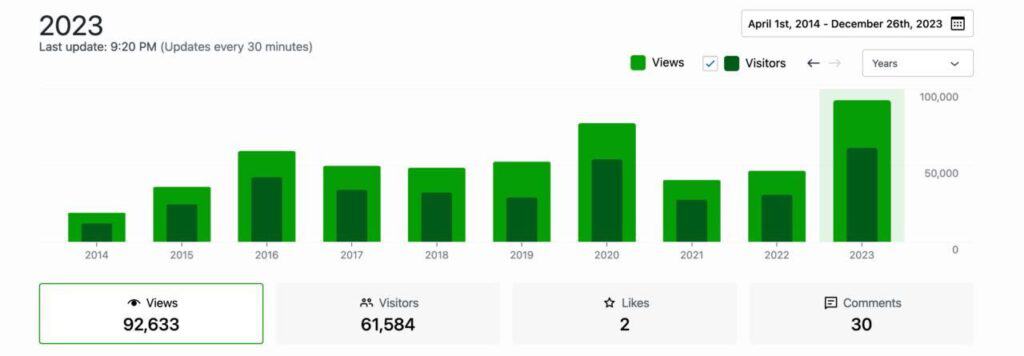
A personal note. This report may consider the experiences I’ve had working on TechNewsTT over the last ten years, but it also comes at an interesting time in my career as a journalist.
September 2025 will mark the 30th anniversary of the first publication of a BitDepth column. The year 2026 marks both the 50th anniversary of the beginning of my career as a working journalist and 50 years since I was first paid for a published photograph. Shot on a Kodak Instamatic, no less.
End of personal stuff. Now about the publication.
In the beginning…
It’s worthwhile to look back at what led to the establishment of TechNewsTT and as much as I’d like to claim prescient insight, it was a call from SWF, Digicel’s PR agency, that set me to thinking about expanding the profile of BitDepth, the technology column I’d been writing for 19 years at that point.
SWF was looking for media outlets that would publish their more technical press releases. I’d been sitting on news briefs and stories that no mainstream media house was interested in publishing if it wasn’t a part of the BitDepth column.
I teach at UWI’s film school on a Monday and by the afternoon following that morning call, I’d decided it was a notion worth exploring. Someone else’s problem can really be your opportunity.
Until then, an archive of the column was hosted on the website I’d built for my photography portfolio, but it was becoming an increasingly poor fit. That site served two increasingly divergent interests (actually three, since there was a page for my mother’s B&B there as well). There was no synergy between the subject matter.
Photography clients weren’t interested in the column, and readers weren’t browsing the photos, so separating the two made sense.
Getting the site going led to a week’s crash course on WordPress and buying a budget newsmagazine theme to get started. I’ve managed to dredge up a WayBack Machine archive of that first basic version. That first logo was…even more basic.
But it was a start. Starting is everything.
The site architecture is essentially the same as it was at launch, because my experience with the mishmash of content I’d overseen encouraged some serious wire-framing of hierarchies, adding new categories to manage a larger corpus of stories.
At one point I considered putting every BitDepth column ever written on the site, but the enormity of that undertaking soon became clear. So the category “Backgrounder” was established to collect previous columns and reporting that I wanted to reference in newer columns.
I should note that the decision to curate and post a selection of technology related press releases without the accepted mainstream practice of rewriting them into a story paid unexpected dividends.
A surprising number of local tech companies issuing press releases don’t post them to their own websites in any readily accessible way.
There have been a few instances where the TechNewsTT posting of a verbatim press release was the only record of the original statement on the internet.
The SWF request turned out to have an unexpected secondary value.
Website design
The design of TechNewsTT benefited from the work I’d done over the previous decade on lyndersaydigital.com, currently the portfolio website for my photography business. Between 2005 and 2014 that site served as an online catch all for everything I was doing with words and photographs.
During that time, it became clear that with the arrival of mobile broadband, websites that were designed for the desktop would often not render properly on mobile phones.
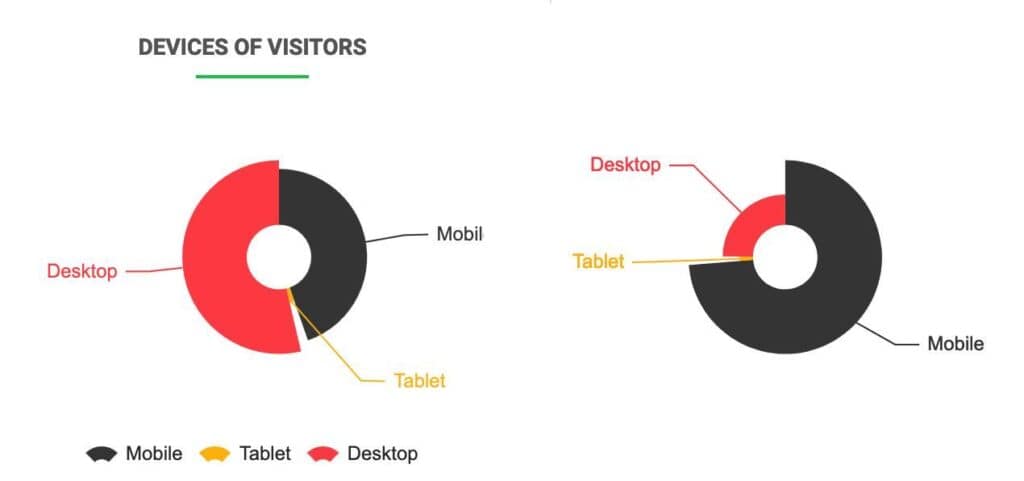
I’d reluctantly moved that site from mobile-compatible to mobile-optimised during its life, but by 2014, it was clear that mobile-friendly would not be enough.
For the first version of this site, which might be charitably described as barebones, I was caught between ensuring that the site rendered properly on mobile and figuring out how to work with WordPress.
In 2014, I began with a theme bundle from Tesla Themes and a logo that looks as if it was made in a word processor in five minutes. It was actually made in Photoshop and probably took fifteen minutes, but it was a start.
That’s something I always try to encourage the creators of a web presence to do, to get started. Nobody cares if you set out on the journey in a canoe if you arrive where you’re going in a luxury yacht, or something that can pass for one.
By September of that first year, I’d found a theme that was better optimised for mobile and commissioned an actual logo by designer Russel Halfhide.
By this point, I’d begun to let go of a pointless worrying about how the site looked on a big screen and began to focus more on ensuring that it was readable on the relative keyhole of a mobile phone.
Jumping forward to 2019, I switched to another theme designed for mobile first. It looked fine on the desktop or tablets, but was excellent on mobile.
Most of the themes I’d been working with eventually got retired after the developers either sold off their assets or simply abandoned the theme, which defines the look and feel of the site.
These captures of the site from The Wayback Machine chart the evolution of the site from mobile compatible to optimised from April 2014 to May 2024. Click to enlarge.
There are lot of “news” and “magazine” themes, but actually very few that are optimized with features that offer real-world service to working online publishers.
I’d often spend days picking my way through a fog of pretty but unserviceable theme designs, kiss a few expensive frogs and eventually find something that works.
Much of the work on the site since 2019 hasn’t been focused on the home page, with my attention shifting to the post pages.
Website analytics increasingly showed readers starting their journey on the site by following a link to a specific post and then either visiting the home page or selecting a related story.
One of the selling points for the theme I’m using now, InHype, is the ability to make a suggestion for a story the reader might like to read next with a popup feature.
That’s one more prompt to go along with the related stories links that are automatically generated by WordPress, but it’s one that I can make very specific choices about.
Views and visits by year
| Year | Views (,000) | Visitors (,000) |
| 2014 | 19.1 | 12 |
| 2015 | 36.1 | 24.6 |
| 2016 | 59.5 | 42.2 |
| 2017 | 49.7 | 34.1 |
| 2018 | 48.8 | 32.3 |
| 2019 | 52.4 | 29 |
| 2020 | 77.1 | 54 |
| 2021 | 40.5 | 27.6 |
| 2022 | 46.5 | 30.8 |
| 2023 | 93.5 | 62.2 |
Reader reach
It’s simple, but brutal. The days of a big response to a link posted on a social media platform are far behind us now, never to return.
TechNewsTT has a very specific and focused mission, to provide considered, fulsome reporting on technology issues and developments that are of concern to Trinidad and Tobago specifically, the wider Caribbean region generally and Central and Latin America.
The most successful posts, which draw agreeable numbers, are those that put an authoritative stamp on an issue of widespread national concern and query.
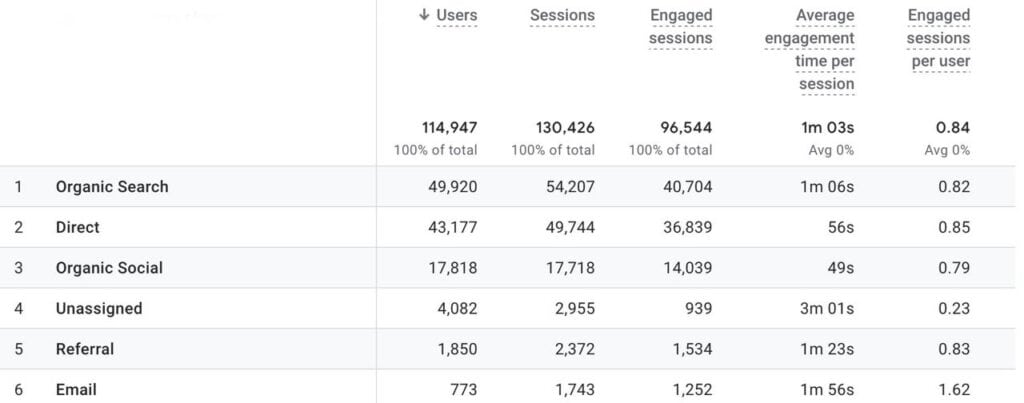
But it isn’t always easy to figure out exactly what that is. A short news brief post that explains where to find their postal code still gets regular visits years after it was first posted.
In 2017, I asked for, received and reproduced Emile Elias’ letter of resignation from the Chairmanship of TSTT and that was the top story for the year.
In 2021, one of the four top stories was an interview with Lisa Agard, the newly appointed CEO of TSTT about her plans for the company.
Yet a carefully targeted 2020 story that gave instructions on how to copy schoolwork properly for teachers that I was sure was a slamdunk for captive readers fizzled.
Surely teachers expected to read the pictures of school work captured with smartphones during covid would find this no-budget guide beneficial!
Surely this would be shareable! Um…no. It got very little local traction, though it got referenced by some websites outside the region.
You can plan the heck out of these posts, but there’s no telling which seeds will fall on the stony ground.
It was news that could be used, but apparently almost no one was interested.
As with traditional hard news reporting online, early bulletins tend to outpace longer form, more considered analysis of incidents like hacker intrusions.
These kind of news sensitive stories can drive surge numbers reflecting wide mainstream appeal.
While this is good, the greatest strength of the site’s reporting is in offering a reliable resource that targets readers who are interested in discovering more about what is, admittedly, niche subject matter.
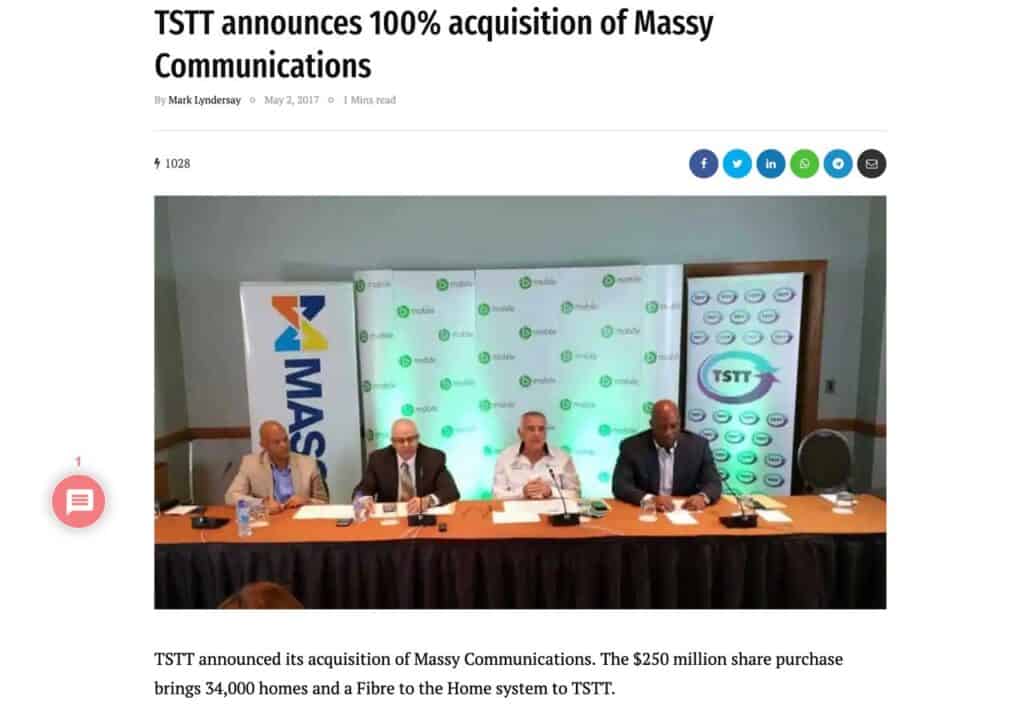
It is likely axiomatic that reporting that is not hysterical or straight-up clickbait will always have an uphill run to its audience.
For that reason, TechNewsTT actually only rarely posts news briefs of current affairs, opting instead to go for longer-form, explanatory works that tend to trail clickbait comments or snippets.
Reporting that is not hysterical or straight-up clickbait will always have an uphill run to its audience.
The mailing list
It’s always been clear through comments, reposts and general feedback that TechNewsTT has a backbone of dedicated, regular readers. It’s quite likely that if you’re reading this and have reached this far, you may count yourself among them.
I’d been sending an email to readers as part of the value proposition for the 2005-2014 version of the website to support of the column.
What I understood then in a general, unfocused way, I finally crystallized into an action plan as social media traffic to the site began to dip. If there were readers who were interested in the work, I’d need to make it easier for them to get access to it.
In 2017, I migrated those subscribers to MailChimp and began sending a simple notification. The free tier was capped at a small number of subscribers, but it was, again, somewhere to start.
There were some hiccups with linking the automation to WordPress and I’ve never been overjoyed with MailChimp’s native systems for design or the cap on subscribers in the free plan. It seems that you can do more interesting things these days through the service’s integration with Canva.
The list eventually went dormant when it became more work than I was willing to invest until 2021 when I decided to try MailPoet, a WordPress integrated solution.
The design was a bit better, but the automation was seamless, integrating across several touch-points necessary to grow a mailing list.
MailPoet has its own prompts to subscribe and at some point, I made a mistake in implementing its Captcha process for limiting spam, making the sign-up slider useless.
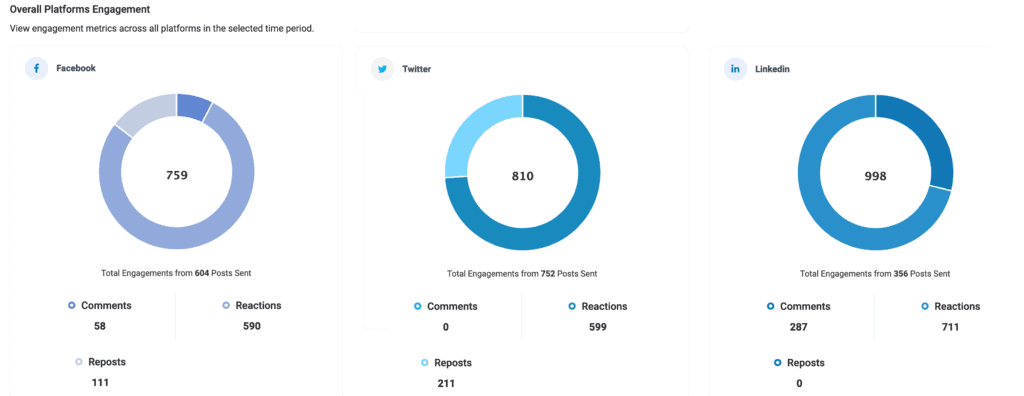
It would look like it was doing something, but actually did nothing at all.
This went on, I am embarrassed to note, for months until a particularly dogged reader called me and pointed out that the sign-up trigger wasn’t working.
By the start of 2022, I trimmed the list of unresponsive emails and the subscriber list doubled to 171 recipients. This was the start of the current edition of the weekly mailing list.
It hasn’t been a perfect experience. Another annoying quirk that made the subscription form impossible to dismiss (a close box was invisible) was addressed with an explanatory note that I’ve left in place although the graphics glitch has since been fixed.
A dialog you can’t dismiss is one of those unforgivable UI errors that you can’t overcompensate for.
If there’s anything I’ve learned about the email invite process, it’s that in balancing the notification with user convenience, it’s really important to get out of the way of the reader’s experience as quickly as possible.
Despite implementation hiccups, the list steadily grew in size since then, with a big surge in May 2023, after most of the implementation glitches were squashed.
Signups have been slow but steady and 25 percent of recipients are actively opening the email within a day of delivery.
The list reaches at 627 recipients at this writing.
Collaboration with TTNewsday
Trinidad and Tobago Newsday has been the publisher of first record for the BitDepth column since 2017, when I brought the longest run of my 40 year association with the Trinidad Guardian to an end after head-butting with yet another tone-deaf, imported editor/consultant.
Newsday’s acceptance of the column and interest in my other journalistic work was a welcome change from the deteriorated state of my relationship with the Guardian.
It’s not perfect, but having spent most of my journalism career as a freelancer, it’s about as good as it gets and to be frank, during covid-19 restrictions, the relationship was a lifesaver for which I remain grateful.
Within two months of the first pandemic restrictions, I decided to adapt my 2020 plan to deliver more exclusive reporting on the site in favour of collaborative, contemporaneous publication of longer form technology reports for TT Newsday’s weekly BusinessDay publication.
On average, at least one of these reports was carried simultaneously on both BusinessDay and TechNewsTT every month.
This strategy cost me the hard numbers I’d planned for TechNewsTT, but deepened my understanding of the value of a collaboration between an established news publication and an independent news website.

In the enthusiasm to increase clicks and views, it’s easy to lose sight of the core business of journalism in the rush to build website numbers. There’s a deeper, more involving challenge in bringing audiences back to informed, journalistically sound reporting as a first source.
The continuing success of TT Newsday is ultimately linked the continuance of this work and website, so shared reporting with a traditional media resource ultimately benefits us both.
Losing numbers to the general interest reach of TT Newsday proved strategic, in a year of all-round challenges.
One Newsday-driven addition to TechNewsTT was an author reading of the column as part of a 2021 push by the paper to incorporate more multimedia elements on its website.
As is my inclination, I undertook doing it properly as something of a personal challenge and so began a whole sidebar drama of microphone evaluations, sound beds, AI narration, audio editing errors and other activities.
The original arrangement was based on Newsday hosting the recording, but I host all the media files now. I’m considering a dedicated page to collect the recordings as a separate experience.
It’s been an interesting experience in very basic audio production. I use a RODE NT USB microphone with a pop shield and mix down on a template in GarageBand. Peter Shim kindly provided music for the bumpers of the reading.
How to reach the reader?
Every publisher is grappling with this challenge. The days of a big response to a link posted on a social media platform is, quite simply, over.
There has been a clear inversion of referral sources over the ten years of TechNewsTT. In 2014, Facebook led referral sources with 5,321 links to the website, while search, chiefly Google, delivered 1,920.
In 2020, 12,000 visitors clicked a link on Facebook to read a story. That dropped to 3,569 in 2021 and again to 2017 in 2022.
By 2023, the picture was quite different, with Facebook providing 9.126 incoming links to search’s delivery of 30,300 readers.
Referrals
| 2014 | 2023 | ||
| 5,321 | 9,126 | ||
| Search | 1,920 | Search | 30,300 |
Some of that is a natural consequence of the cumulative effect of search engine indexing of the site’s content, which has grown since it was established in 2014, but also reflects the difficulty of getting story excerpts and links in front of potentially interested readers on Facebook.
Intriguingly, posts to LinkedIn have steadily grown in proportion to the increasing maturity of that site and the professional profile of its members. I tend to spend more time responding to comments on stories there than on any other social media platform.
In 2022, an effort at improving Google reach through direct submission to the Google News aggregator was implemented. And there has been slow and incremental growth in incoming links from that source.
Revenue
The short answer here is that there is, effectively, none. There have been just over a dozen paid guest posts that dribbled some cash in, but since I don’t entertain guest posts that link to gambling sites or pornography portals and stubbornly insist on content that might actually be useful to a reader, there haven’t been a whole lot of successful guest post placements.
That there is any at all is a kind of miracle, but it’s a miracle that comes from the metropoles where the machinery to support that sort of placement is well developed, not Trinidad and Tobago.
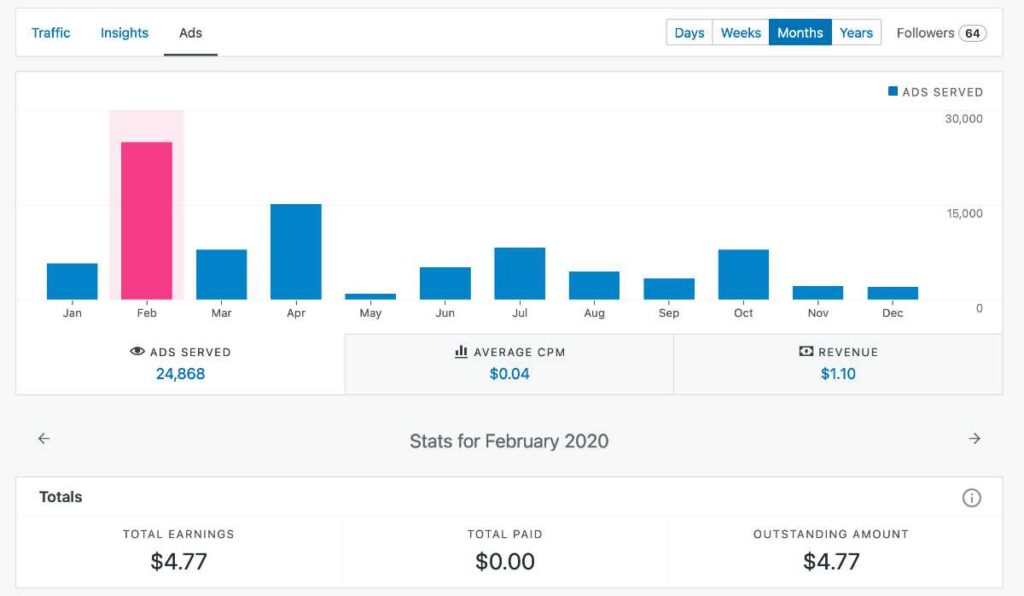
I’d written previously about my hilarious experience with programmatic advertising, which I implemented on the website for a full year. I earned US$4.77, which went unclaimed. Programmatic advertising is driven by big numbers to maximise click through and this is not that kind of website.
I’d characterise the readership as small but committed to our approach to reporting on a subject that remains niche, despite everything that is going on in the world today.
Other revenue options, like embedded links in stories change the reading experience into something I don’t care to experience on other websites, so I consider them a no-go here.
In summary
Publishing TechNewsTT has been and continues to be a lot of work, particularly when quirky web things happen and must be addressed. But it has also been an invaluable learning experience. On that front, I pay respectful homage to Nicole Greene, who from the first posting has been a voice of coding wisdom in navigating the building and updating the website.
There have been great contributions from Shiva Bissessar, who was banging the drum about cybersecurity right from the start of the site, when nobody was listening. Insightful contributions were offered by technologists Taran Rampersad and Kwesi Prescod and some useful editorial perspectives submitted by multinational technology executives.
In ten years, the site has gone through multiple major upgrades to WordPress, the significant challenge of adapting to and ultimately exploiting the Gutenberg builder experience, understanding the technical aspects of the webmaster’s work and marrying those elements with the social and user experience aspects that drive engagement.
BitDepth was founded on the core idea that the column should not only report on technology; it should do so from the perspective of an average user who has worked with the tech under consideration.
In many ways, the development of TechNewsTT has evolved by following that principle, seeking the aspects of technology that are likely to have the greatest impact on our small island nation, or insightfully reporting from the future, which was the tagline I’d once considered for the project.



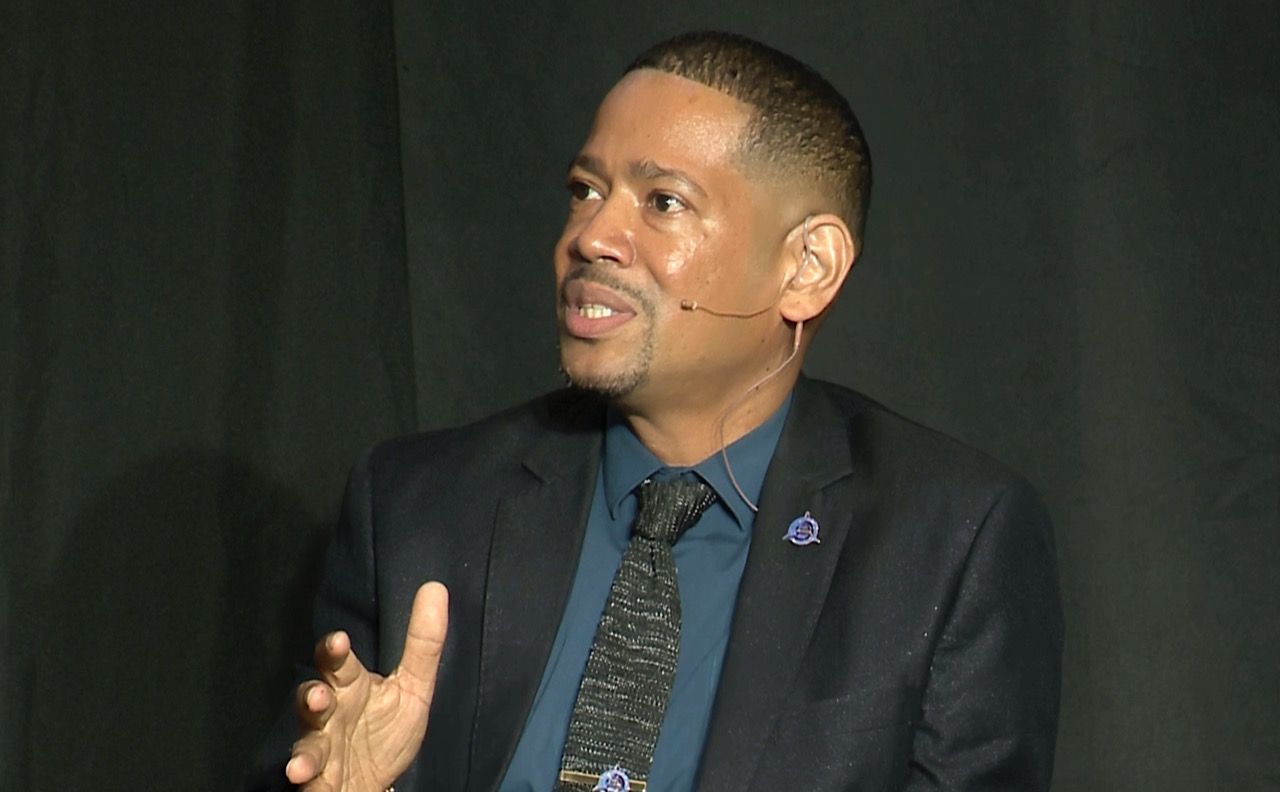


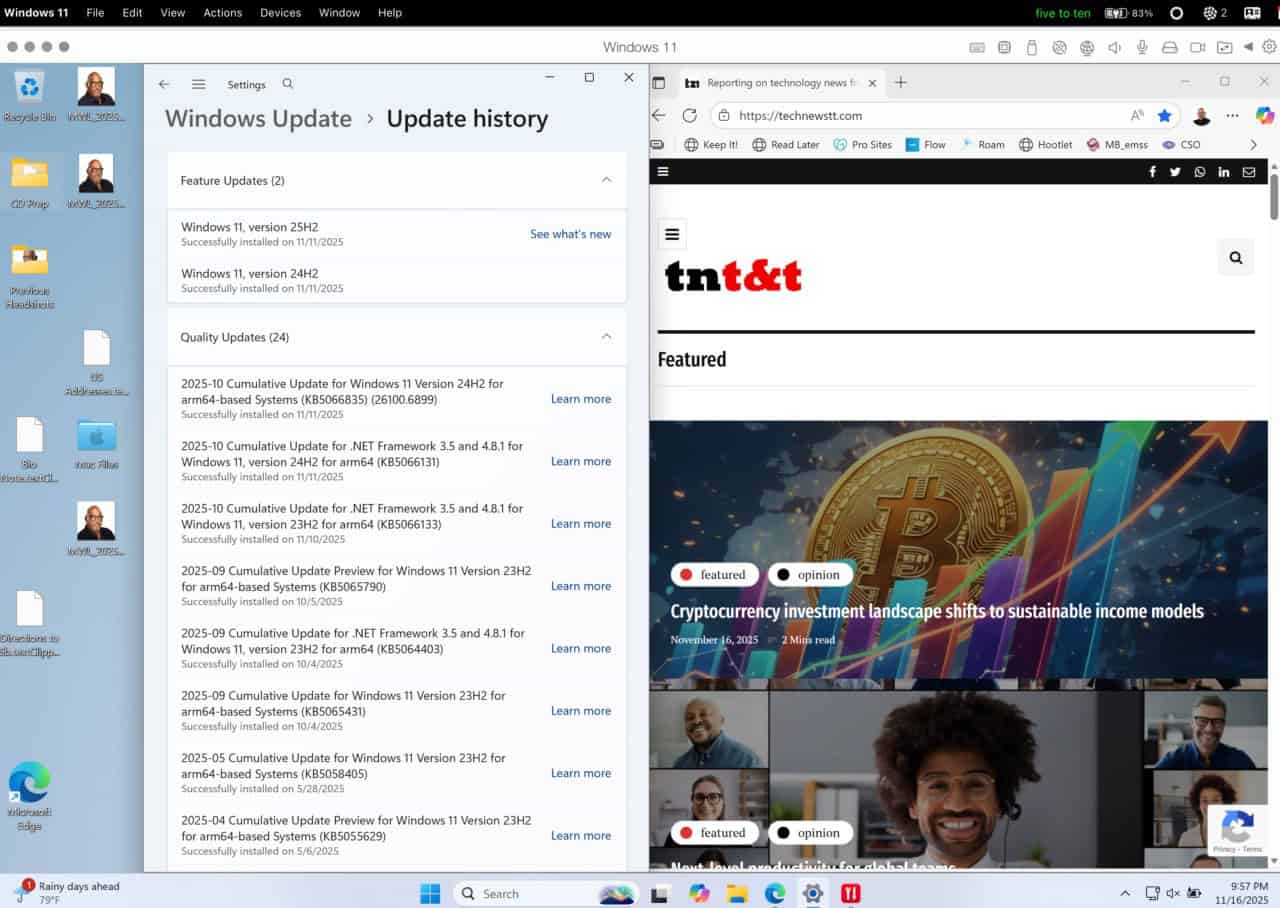








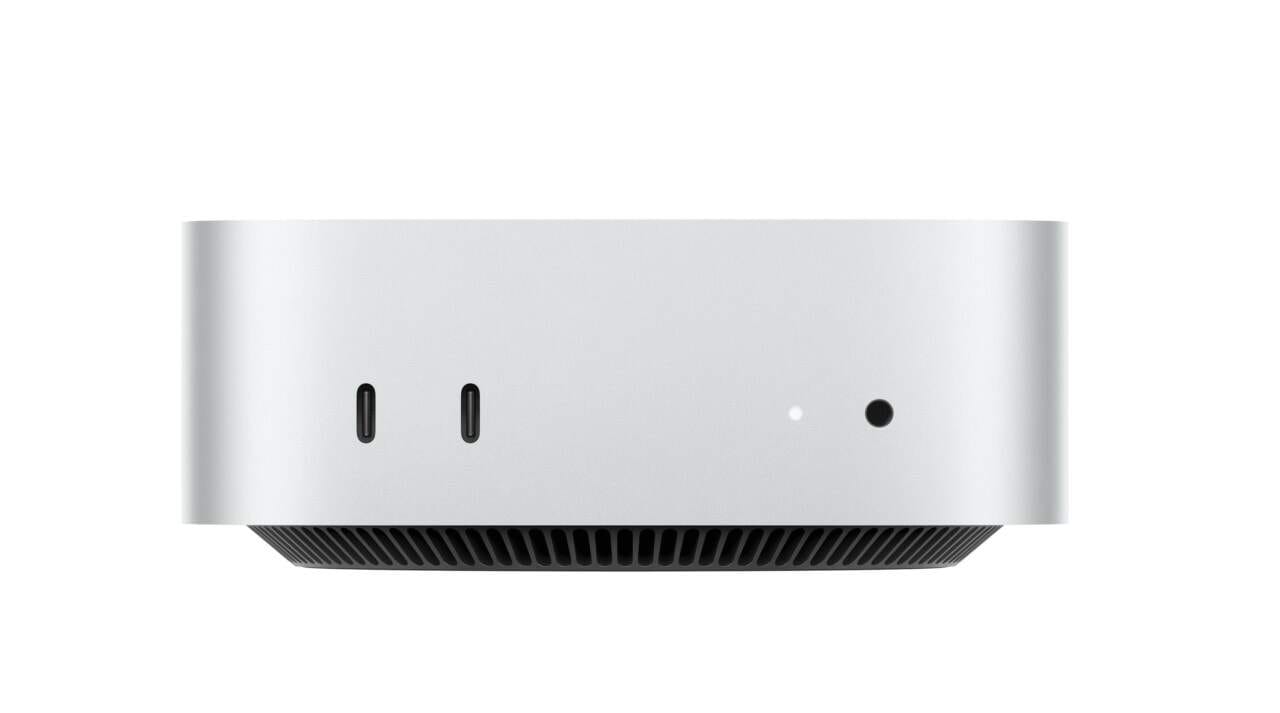





















[…] Trinidad and Tobago – This began as the Annual Report to readers for 2021, the fourth such account of the production of TechNewsTT. Things went a bit awry, let’s just say… more […]